Cohetes and Palomas During Our Lady of Guadalupe Feast Day
If you think you’ll experience peace and relaxation when you visit or move to Mexico, keep dreaming. Mexicans are party animals. If there is something to celebrate, there will be music, dancing, singing, fireworks and most especially, the loud booms of cohetes and palomas.
Cohetes and Palomas 24/7
Today, December 12, is the religious holiday celebrating the Lady of Guadalupe. Every town and village is celebrating. The fireworks, palomas and cohetes began last night around 9pm. While we are awake, the noise doesn’t bother us. We just turn the TV up louder. We are fairly tolerant up to midnight or even 1am. At 3 am, we were woken up by a barrage of cohetes going off. This continued throughout the wee hours of the morning with the “big finale” between 6am and 7:45am.
On our morning walk, the little town of San Miguelito above the corn pastures was in full party mode. Palomas flew high in the sky before releasing their loud booms acrooss the valley. Music and singing floated down across the mountains. At 8am, the music was turned down, but the occasional cohete would continue throughout the day.
Is there a quieter place to live?
Now you may be chuckling at the logic of turning down the music when people go to work or the interruption to our sleep for this one day, but it happens all the time. It doesn’t matter if you live in Centro or on the outskirts of civilization like us, cohetes and palomas are a constant noise reminder that we live in Mexico. The loud booms reverberating off the mountains and buildings represent joy, but during beauty sleep, we find them annoying.
Mojetes and Palomas Signify Joy
You can hear them during celebrations like birthdays, quinceaneras, funerals, saint’s days (there’s a lot of those), holidays, house blessings (before and after the house is complete), or for sightings of the Virgin Guadalupe. It’s nice to know she is such an avid traveler even during COVID2020 as there are sightings of her at least twice a week.
Who is the Lady of Guadalupe?
The story of the Lady of Guadalupe intertwines the religions of the Aztec Empire and Spanish Catholics. It is said that Mary appeared several times to Juan Diego, a baptized Chichimec peasant, and spoke to him in his native Nahuatl language. She identified herself as the Virgin Mary, “the mother of the one true deity” and requested a church be built in her honor on the Hill of Tepeyac. Juan Diego went to the archbishop and relayed Mary’s request, but the archbishop did not believe him. He wanted a sign. Juan Diego went back to Mary and asked for a sign.
She told him to go to the top of the hill and fill his tilma (cloak) with the flowers. As this was December, and the hill was usually barren, Juan Diego was surprised to see Castilian red roses (not native to Mexico) covering the hill. He filled his cloak with the roses and returned to the archbishop on December 12. When he opened his cloak, the flowers scattered to the floor and inside his tilma was the image of the Lady of Guadalupe.
Today the Basilica of Our Lady of Guadalupe (Basílica de Nuestra Señora de Guadalupe) houses the coveted cloak and stands at the foot of Tepeyac in the north part of Mexico City. It’s an important pilgrimage site in Catholicism and the third most visited religious shrine in the world.
Travel to Mexico City with Expedia.com
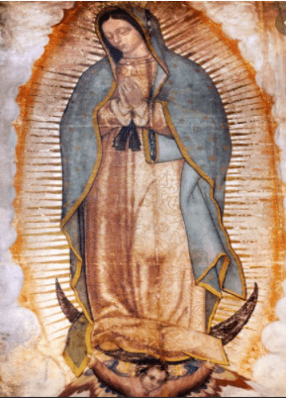
The Image of the Lady of Guadalupe
The image of the dark skinned Virgin Mary (Lady of Guadalupe) came from the Castile and Extremedura regions of Spain. In Mexico, the Lady of Guadalupe is also portrayed with dark skin with a mix of Aztec and Spanish facial features. In 2002, Pope John Paul II declared the Lady of Guadalupe the patroness of the Americas and canonized Juan Diego, making him the first indigenous American saint. You can find the image of the Lady of Guadalupe everywhere, from household items and stautes to street art and historical banners.
What Do the Mexicans Do on This Day?
People spend time in church praying, but afterwards it’s time to feast! Food is always an important element in Mexican culture, and though there isn’t any set menu, bunuelos, a type of fried pastry drizzled with honey, is a favorite.
We know the Lady of Guadalupe is an important religious aspect of the Mexican culture. We’ve seen long processions of townspeople on horseback and foot parading between towns with her image on posters and replicas built in the back of trucks. It’s always interesting to learn about different cultural perspectives. We just wish the cohete and palomas part of the celebration was kept to a reasonable hour.

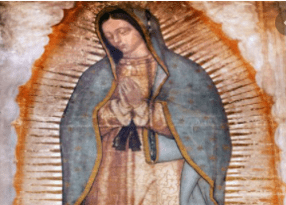
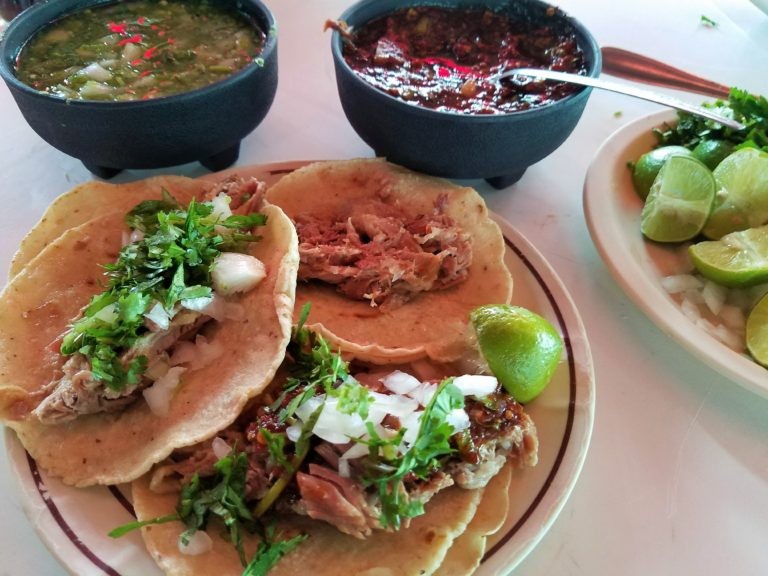
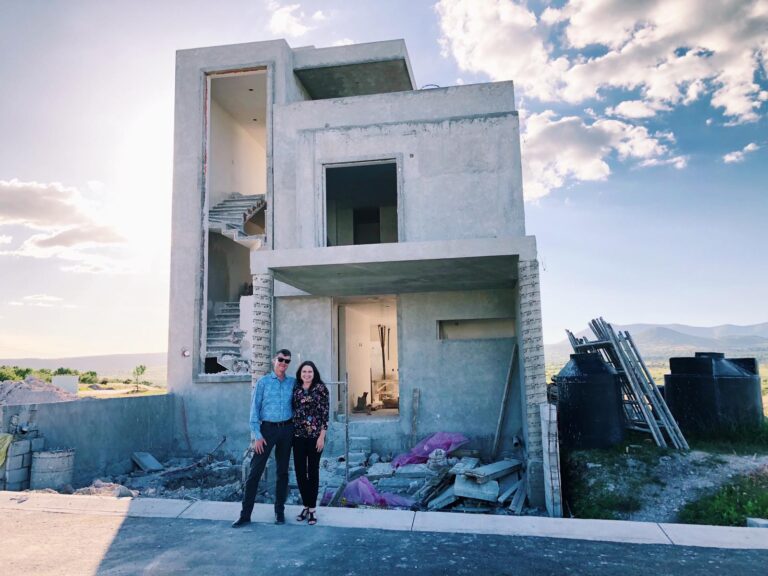


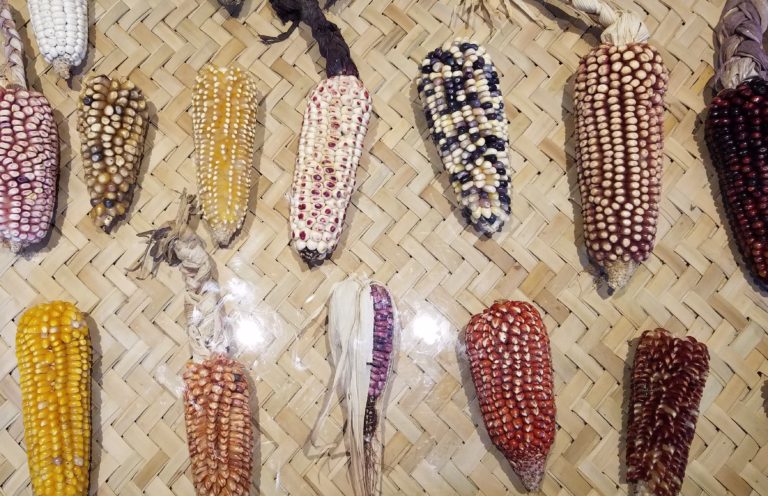
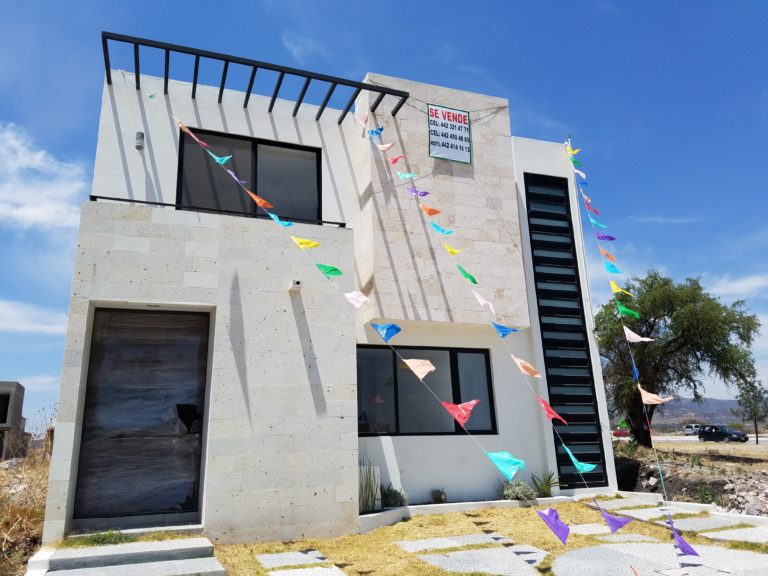
Thanks for sharing! The more I read about the fireworks, the more I’m concerned it might be a deal-breaker for Mexico general (I still plan to research and visit). My neighborhood had nonstop nightly fireworks for weeks here before and after July 4 — people obviously letting off steam during Covid — and it drove me nuts. And our two dogs are terrified of them.
Woud you estimate it happens on a weekly basis, a couple times per month, or….?
It definitely happens a few times a month, with an occasional boom on the weekends. I don’t remember hearing any cohetes in Mexico City, but there was traffic noise. In Guadalajara, we stayed out in Providencia and didin’t hear any noise. Our neighborhood is right between two smaller towns and we hear a lot of celebrations. I know in Centro it can be loud, too. It’s worth spending time in different airbnbs around a city to see what the noise is like.